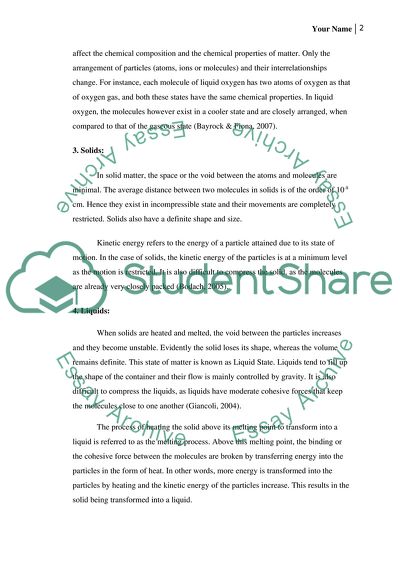Cite this document
(States of Matter and Phase Change Assignment Example | Topics and Well Written Essays - 1250 words, n.d.)
States of Matter and Phase Change Assignment Example | Topics and Well Written Essays - 1250 words. https://studentshare.org/physics/1727694-matter
States of Matter and Phase Change Assignment Example | Topics and Well Written Essays - 1250 words. https://studentshare.org/physics/1727694-matter
(States of Matter and Phase Change Assignment Example | Topics and Well Written Essays - 1250 Words)
States of Matter and Phase Change Assignment Example | Topics and Well Written Essays - 1250 Words. https://studentshare.org/physics/1727694-matter.
States of Matter and Phase Change Assignment Example | Topics and Well Written Essays - 1250 Words. https://studentshare.org/physics/1727694-matter.
“States of Matter and Phase Change Assignment Example | Topics and Well Written Essays - 1250 Words”. https://studentshare.org/physics/1727694-matter.


